Sony X690e Series 70 Led Ultra Hd 4k Smart Tv With Hdr Review
With 4K content now widely available on Blu-Ray, Netflix, YouTube, and other streaming services, there has never been a better time to take the plunge. Although this new standard has been on the market for several years, it's but been recently that the format has started to outpace 1080p content.
Although prospective buyers are no longer early on adopters, purchasing a television set tin can still be a stressful process. There can be huge prices divergence betwixt TVs of the same size, and the technology behind them is all the same struggling to be standardized.
To make matters worse, manufacturers are intentionally making their specifications disruptive. The objective is to make 1 standard await better than another, when the difference is merely superficial.
What do Super UHD TV, Ultra HD Premium, Triluminos, and ULED all have in common? Well, they're all exactly the same thing.
And then, what do you really demand to look for when buying a TV? We're going to evidence you. In this review, we'll exist taking a look at Sony's latest 4K TV – the X690E. First, we'll go in-depth and discover out what all of these fancy specifications mean in the real earth. After, we'll help you decide if this TV is worth your hard-earned money.
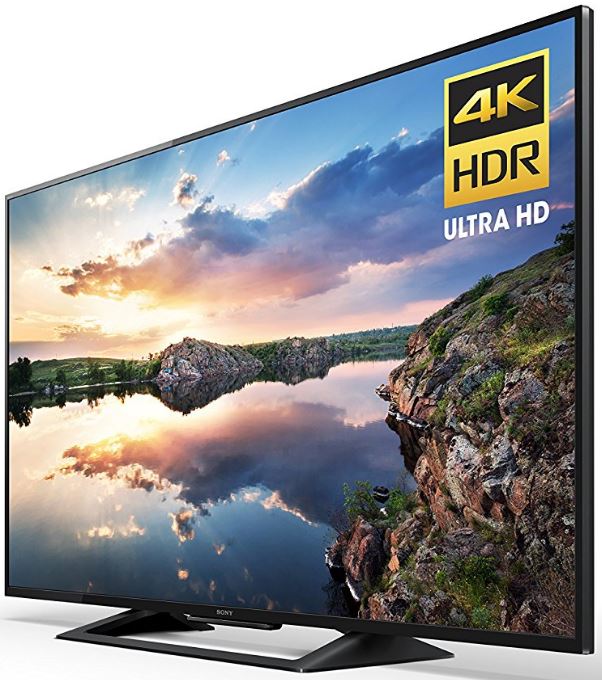
First Wait
The Sony X690E is bachelor in 2 dissimilar sizes: sixty inch, and 70 inch. With these measurements, they're definitely in the upper echelon of accessible televisions. On paper, this TV is the perfect representative of mod flat-console technology. Direct LED lighting and HDR promise to produce the almost true-to life colors you've e'er seen, while the lx HZ refresh rate with Motion Flow XR swear that your video will be smoother than your old television. Similar features are found in competitively priced TVs, although there will be some differences between Sony's platform and other brands.
At that place are two unique features about this TV. First, they've got ClearAudio+ technology, which is supposed to provide superior sound. They also have an advanced upscaling organization, which improves the quality of 1080p content. Though this final characteristic sounds like a tall order, everything else sounds reasonable. Now that we've set our expectations, nosotros just have to put it to the test.
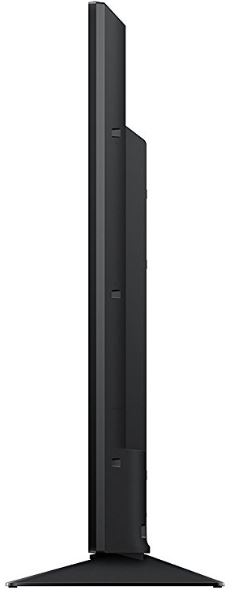
Size
When HDTV get-go started to grab on, critics were heavily debating the virtues of 1080p over 720p. Studies institute that, in certain cases, near consumers couldn't fifty-fifty tell the difference. At this time, a 42" idiot box was considered large. And with such small screen sizes, it was hard for consumers to brand out the individual pixels.
The fact is, it's not the resolution that makes a telly await adept or bad. It'southward the pixel density – meaning per inch. If y'all were to purchase a 42" 4K TV today, you'd take to sit correct in front end of it to make out the boosted pixels. In effect, you'd have wasted your money.
If yous want that wow factor, y'all've got to get large. This is where the X690E excels. The 60 inch model is definitely large, but the 70 inch model is the one that impresses. When sitting adjacent to our old 1080p TV, the additional clarity offered by 4K is abundantly clear. Sure, you tin can salve a bit of money with a pocket-sized 4K Television receiver. But in our eyes, you lot really demand something this large to truly appreciate the platform.
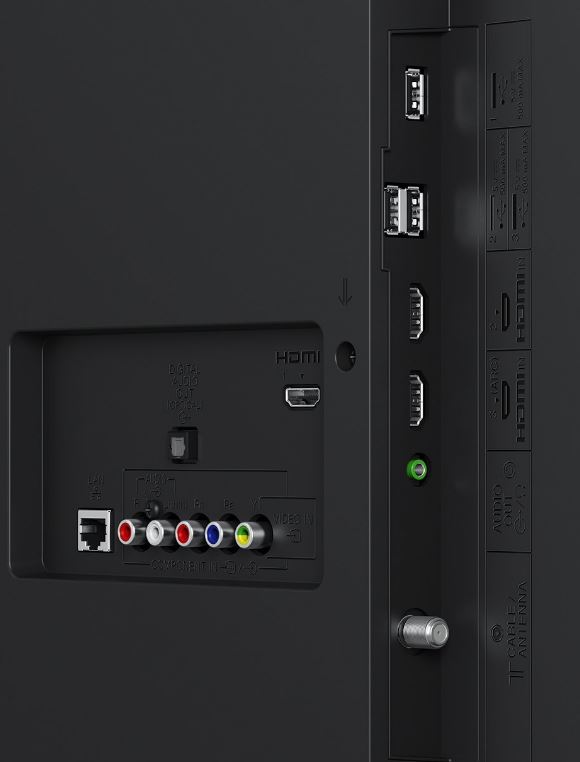
Color
As an HDR TV, y'all know that the colors are going to wait meliorate than an SDR TV. HDR TVs have been around for a while, so many consumers believe that this feature isn't all that exciting. But this isn't the example.
To understand the problem, let's take a quick look at how HDR works. Televisions create color by combining red, light-green, and blueish low-cal. Each of these colors is assigned to a specific sub pixel, and each sub pixel has a certain number of possible effulgence'south. By nature, there is a limit to how many colors a TV can produce. When HDR came out, manufacturers used modern LED technology to produce a greater number of colors.
Only when 4K came out, the industry had a specific standard gear up that classified what was 4K and what wasn't. This wasn't the case with HDR. In that location were several competing standards. This means that a lot of early on HDR TVs may accept worn the badge, but they don't meet the criteria for what we now consider "true" HDR.
Today, there are three standards on the market. HDR10 is the most mutual. Near all Blu-Rays are encoded with HDR10, and most streaming services support it. Dolby has their own HDR standard, called Dolby Vision. From a technical standpoint, this is a better standard. But there is very little content available in Dolby Vision, and few televisions support it. Samsung also has their ain standard, known as HDR10+. This is a lot closer to the Dolby Vision standard, but exclusive to Samsung TVs, and still suffers from a lack of content.
Sony supports HDR10. This means that colors look much richer and more than vibrant than older HDR TVs, although it's non technically the best on the market. Merely if your goal is to relish HDR content, and so this is the best choice available.
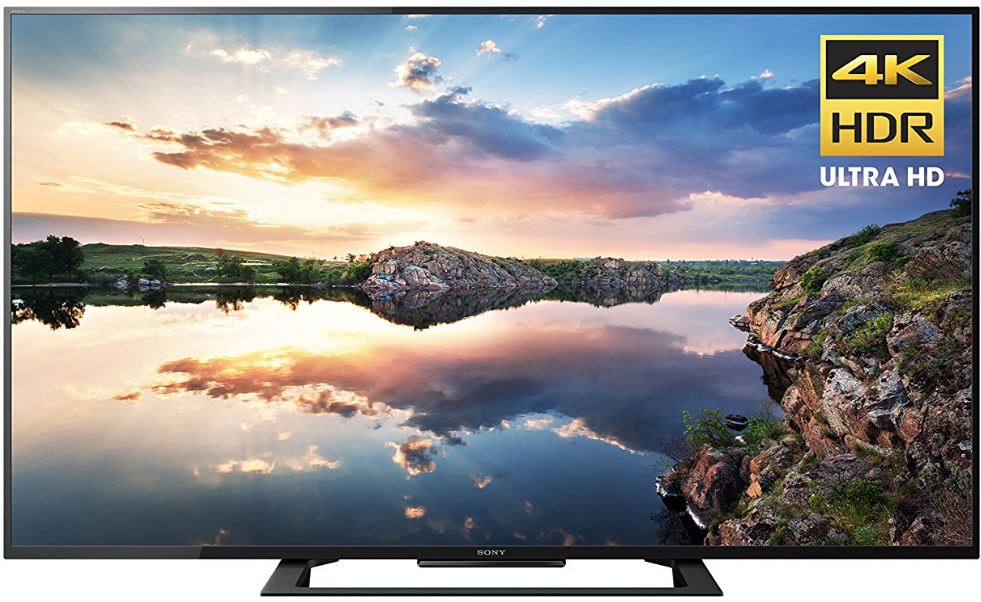
Brightness & Dissimilarity
In that location are three ascendant LED standards on the market. OLED is definitely the virtually hyped, and produces those rich, saturated colors. LED is the older, and more common standard. Instead of scarlet, green, and blue LEDs, LED TVs actually accept three white LEDs that go through a color filter. This produces inaccurate colors, and is a little more than washed out. OLED tech is more vibrant and heart-catching, only less accurate.
What Sony uses is Direct LED. This is a compromise between the two standards. There are no filters, and each pixel features separate red, green, and blue sub pixels. However, these pixels can be better controlled, producing the most accurate epitome possible. Not merely does this offering a superior HDR experience, but the contrast is in a higher place average also.
In that location is a huge visible difference between the brightest white and the darkest black. At that place is no spillover, so 1 bright pixel won't illuminate the pixel adjacent to information technology. The stop result is a screen that is incredibly brilliant, even so incredibly authentic. For this application, this is the best possible choice.

Features
There are a few key selling features that split up Sony's X690 from competing models. The first is the enhanced sound. With TVs getting slimmer every twelvemonth, in that location isn't a lot of space to store high quality speakers. The finish upshot is that most TVs have built in speakers that aren't fifty-fifty worth using. Tinny, distorted audio, lackluster bass, and muddled dialog are all common bug.
The trouble is that these tiny piddling drivers can't produce the full range of sound they're given. What clear sound does is cancel out frequencies that cause distortion. No, this won't be able to keep upward with your full-size 5.1 system, but it does drastically improve the audio quality. Music is clear and precise, and voice is easy to hear, even in a loud room. These are some of the best built-in speakers nosotros've heard on a tv – something that will exist appreciated past anyone without a defended stereo.
If you're looking for a quick and piece of cake mode to access 4K content, Sony's one-touch access to YouTube and Netflix will come in handy. This is a smart Telly, so you lot still get access to all of the other apps available. Simply placing the two most common ones right on the remote was a keen idea.
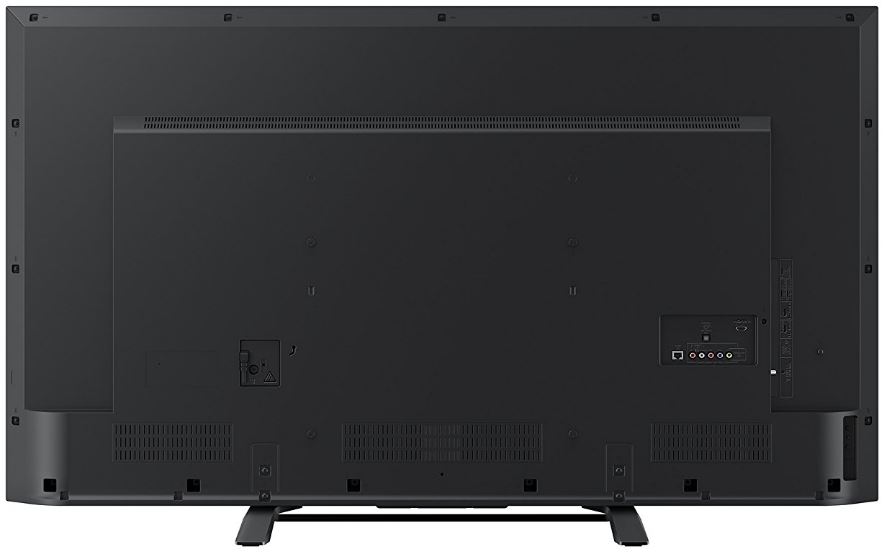
Disadvantages
In nearly every regard, the X90E outpaces mid and low level televisions. But it's not without it's faults. In that location are two features that we were disappointed with. The first is Motionflow XR. This TV merely runs at 60 Hz. Information technology is a piddling smoother than your old plasma, but this is pretty much an industry standard now. What you want is the MotionFlow XR 120HZ. That feature is just available on the higher stop models, but is a drastic comeback. In our opinion, labelling both of these standards "motionflow" is confusing, and serves only to make the TV look improve than it is.
Our side by side gripe is with the upscaling arrangement. Sony claims that their 10-Reality PRO "brings pictures to life by upscaling every pixel to near 4K quality-delivering clearer, smoother and more natural scenes." In reality, this is not the instance. At that place is some bogus sharpening and pocket-sized visual tweaks, just 1080p still looks like 1080p. If yous actually want to marvel at this Tv set, you need to watch 4K content.
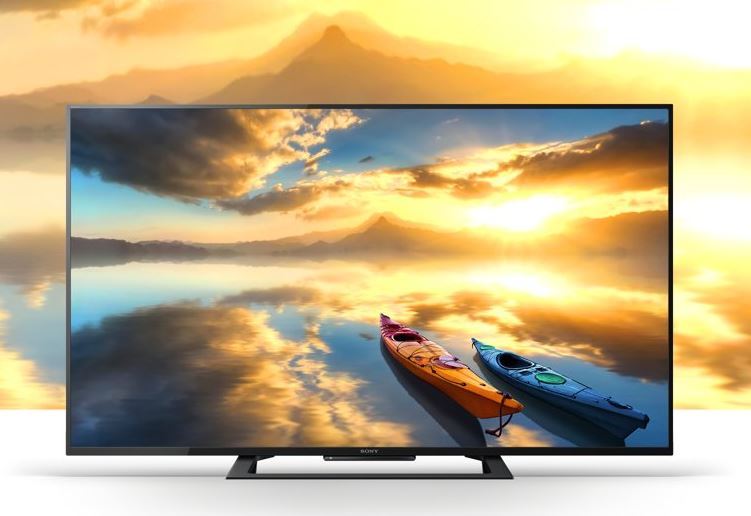
Last Verdict
Sony promised a TV that outperformed the contest, and they delivered. While competing TVs are slapping in last-gen tech and calling information technology HDR, Sony used cutting edge technology that gives users the all-time feel possible. Colors look improve than most HDR sets we've tested, and the 60HZ refresh rate is more than adequate for most content.
Like nigh options on the marketplace, the Sony X690E wasn't completely free of marketing gimmicks. But that's how the industry works. You might come across a Tv set that costs a fraction of the price, and appears to have the same features as this one. But in one case compare them, you'll find that this Television receiver outpaces information technology in almost every regard.
If you're willing to spend a little extra money on a Goggle box that will terminal, this is the one we recommend. You lot're getting something that gives you the all-time experience possible with the content currently available, and that's all we can ask for.
Was this helpful? Please consider sharing:
mitchellthemnioncy.blogspot.com
Source: https://nerdtechy.com/sony-x690e-review
0 Response to "Sony X690e Series 70 Led Ultra Hd 4k Smart Tv With Hdr Review"
Post a Comment